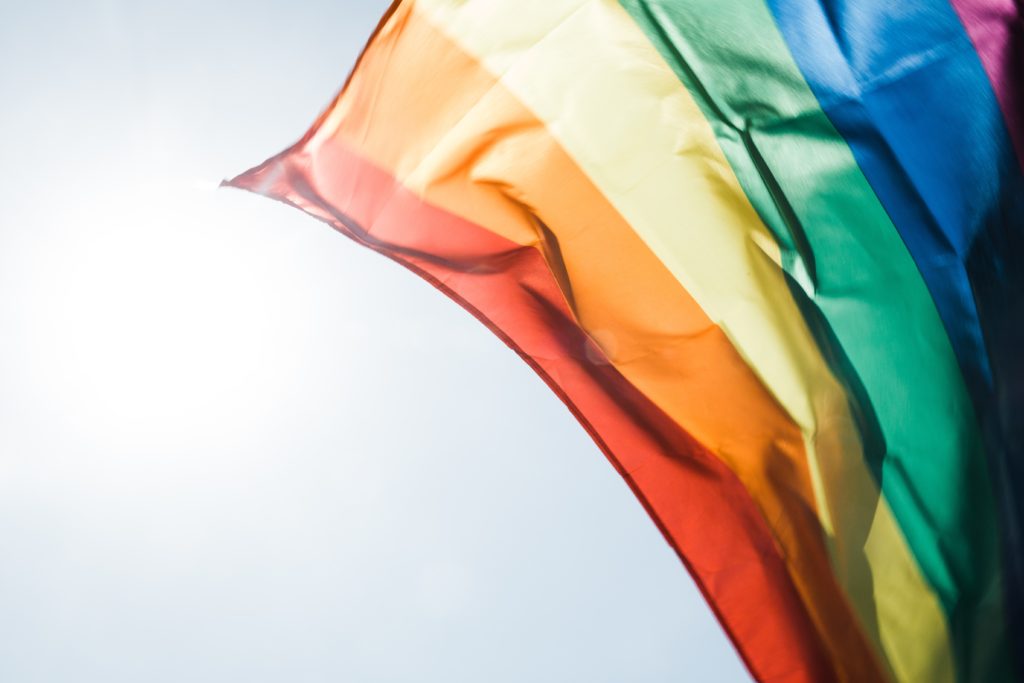
In last week’s article we introduced some of the foundational thinking associated with Diversity in children’s and young adult literature, and how the evolution of this topic has begun to affect not only the world of literature and academia, but the expectations of casual fan-bases, as well. While it is clear that the subject generates many varying, and often heated, opinions on how these issues should be approached, I think we can all agree on two fundamental facts:
1. There is not enough Diversity among characters, authors, agents, or publishers, and
2. We—not only as readers, but as compassionate human beings—are in desperate need of a whole lot more of all that.
Granted, there have been giant leaps of progress over the last few decades, seen even more recently with the growing attention to the #weneeddiversebooks movement (diversebooks.org), as well as in publications such as Philip Nel’s Was the Cat in the Hat Black? The Hidden Racism of Children’s Literature, and the Need for Diverse Books (a book that is available for purchase at the bottom of this article, and will be reviewed later this summer), but the lack of Diversity, or—as many are now starting to see it—even the misguided appropriation of diverse themes, continues to be a wide spread issue in the eyes of the readers.
Nel, especially, has devoted much of his time to deconstructing the history of racism in children’s literature, as well as how these institutional blind spots have not only continued to survive into the modern era, but have managed to hold strong as the predominant rule in the publishing world instead of sulking off into the corners of exception. Faced with this reality, it is no surprise that Diversity has become one of the most relevant and urgent conversations to flood the realm of children’s literature, as well as the catalyst for so many movements and passionate debates.
Even now, in light of many authors’ attempts at diverse choices, we are seeing a line in the sand being drawn between genuine Diversity and the appropriation of other’s stories for the sake of Diversity. Considering how far we’ve come from a world of mostly straight-white authors telling mostly straight-white stories, there is certainly worse places to be than disagreeing about what is and what isn’t a writer’s genuine attempt at diversification, but, the fact that these conversations continue, highlights the very intensity that makes our community of readers stand out in a society stricken with apathy and willful blindness.
Because of this, my army of optimists and I still like to hold on to the progress we have made here in this genre, especially in the face of recent political back-stepping and the general whitewashing that has become so common in other avenues of popular culture. After all, not only has good work been done, it is still being done—and we must not forget that. Children’s and young adult literature may not yet be to the standards we as reader and academics expect from it, but in the heat of our debates we also tend to lose sight of the fact that, because of our devotion to the issues, we have not yet—and probably never will—hit a wall that could slow us down. We are here, we are passionate, and as long as these conversations—and even arguments—continue, then we are putting in the right kind of work.
So, go read books, even complain about them if you need to, just keep reading, and thinking, and talking, and reminding the publishing world that what we want matters and we won’t lay off until we see the changes here, in our community, that we want to see in the world.
PRR Writer- Joe Buckler
Instagram: @imwithjoebuckler